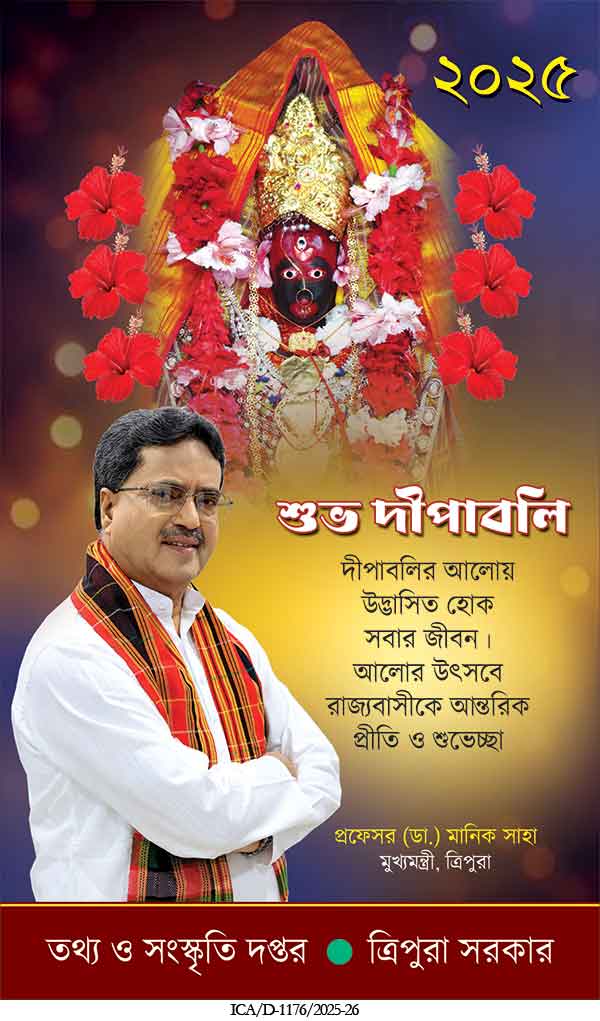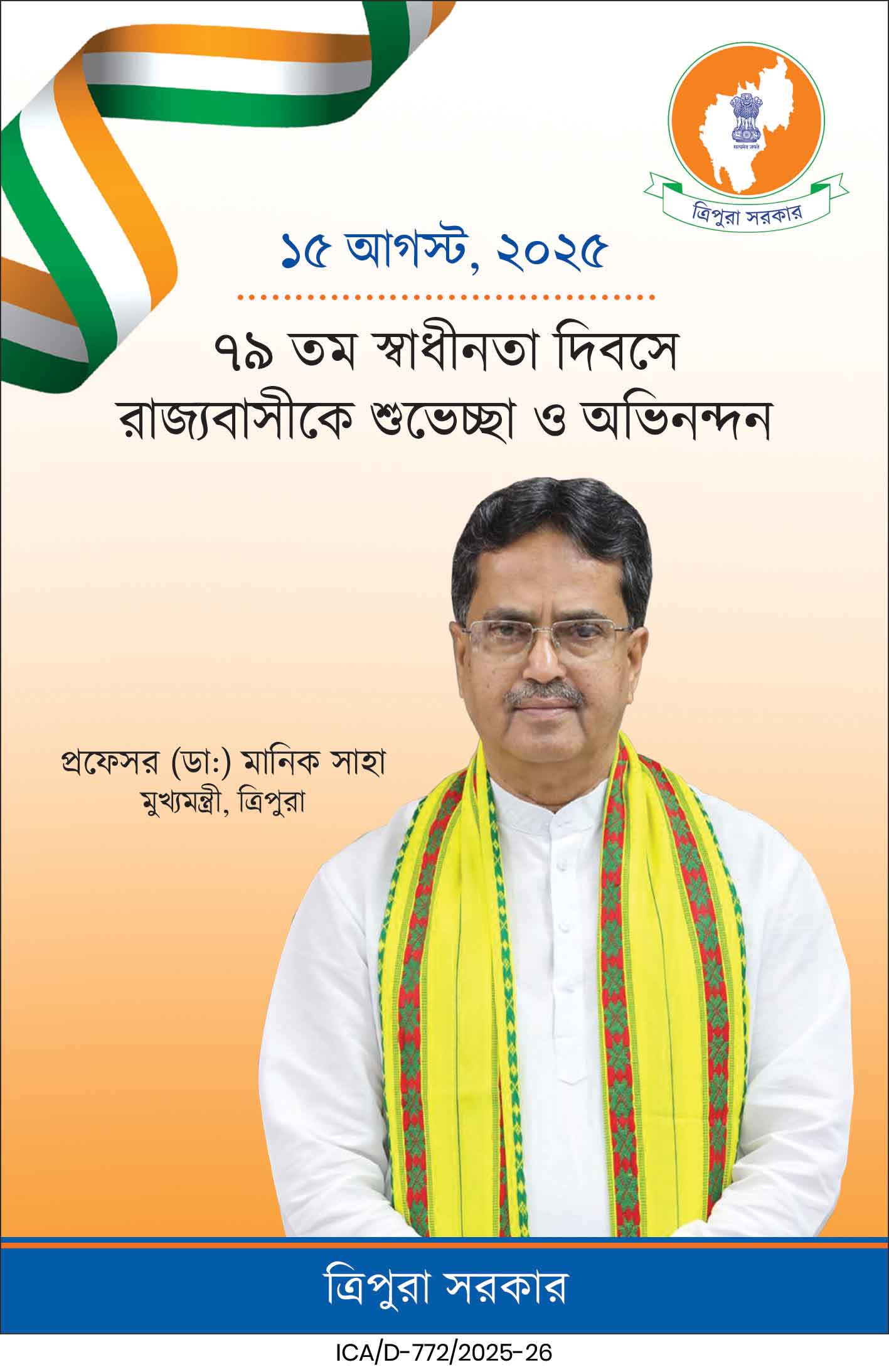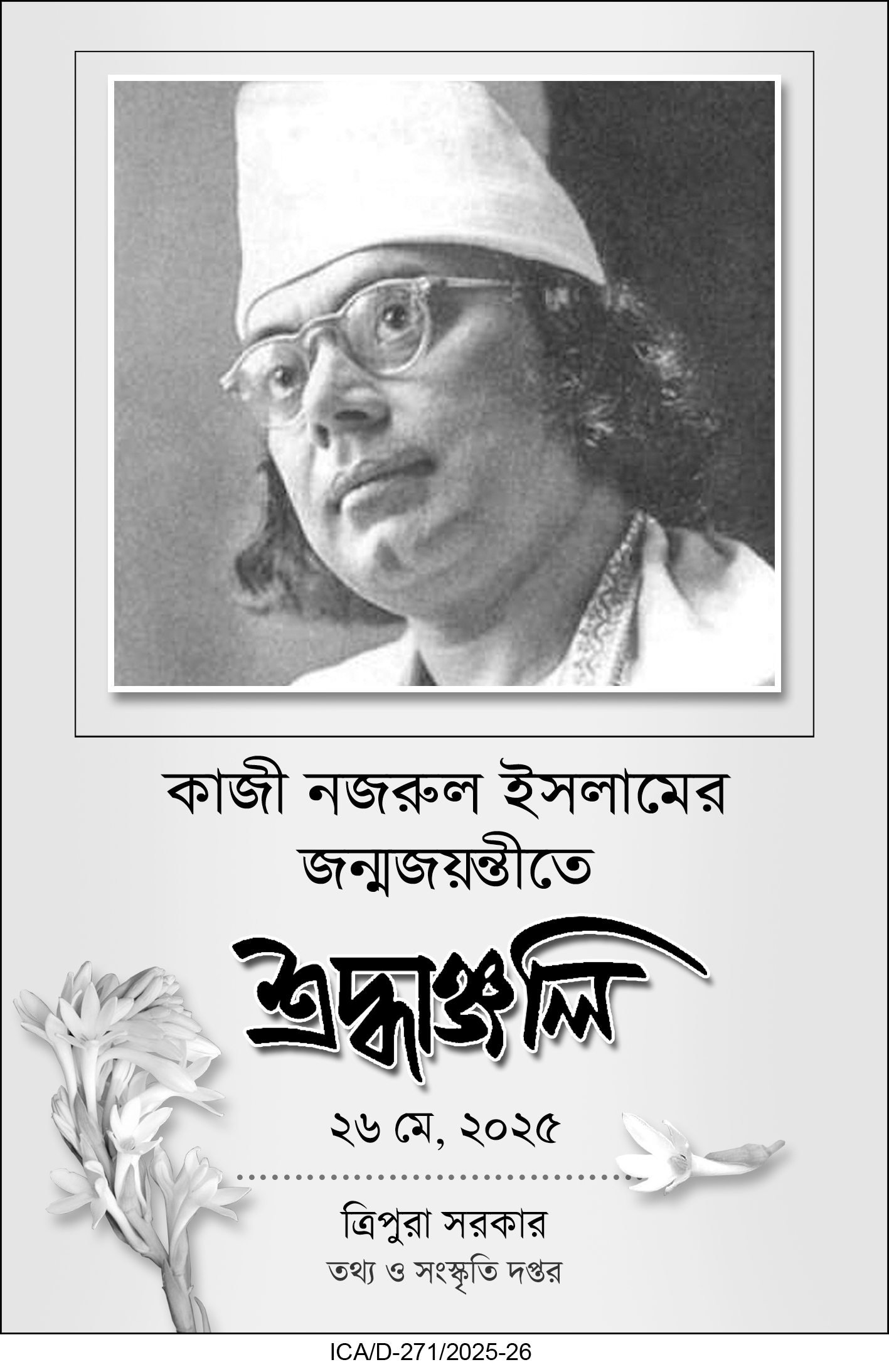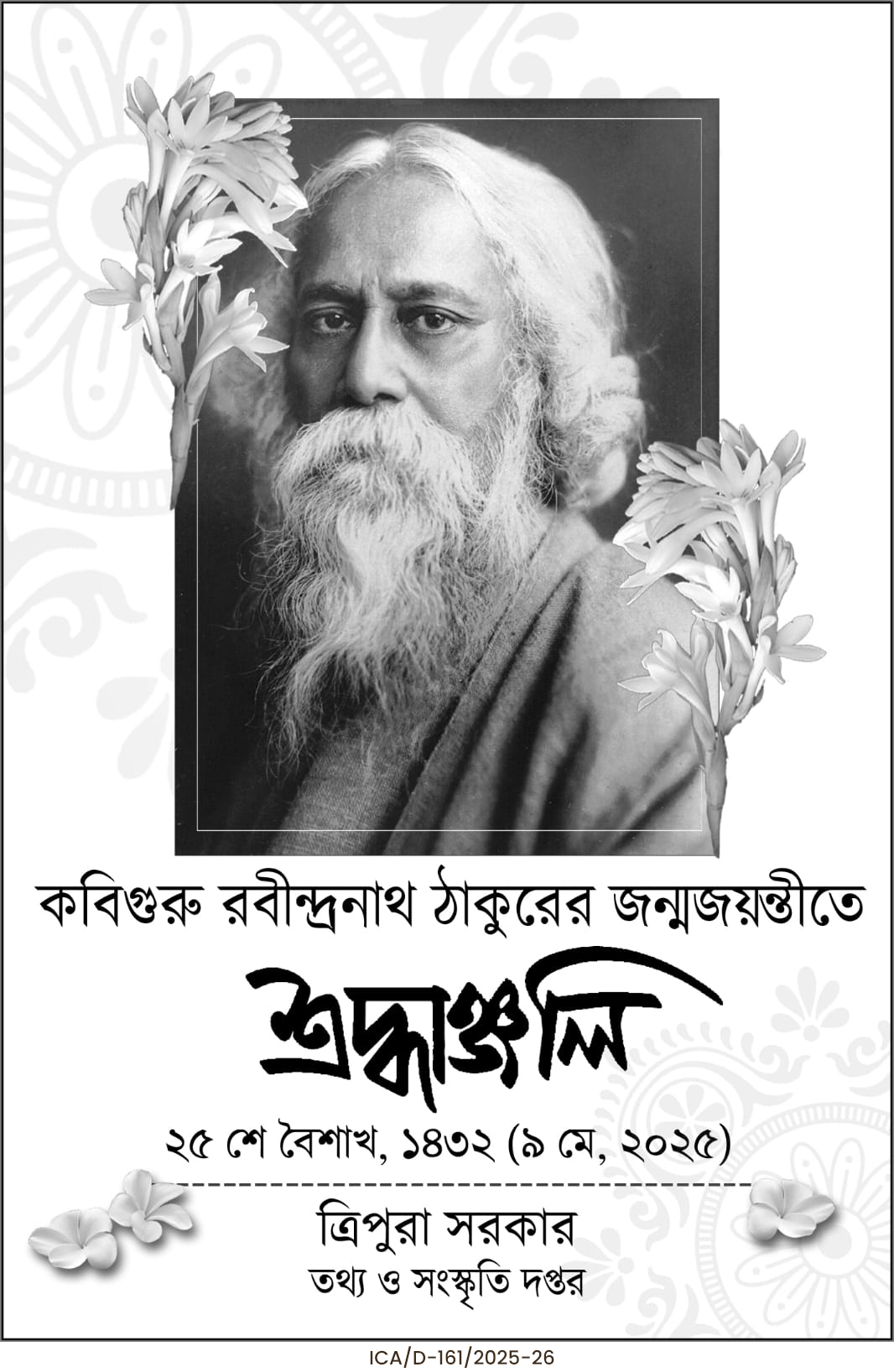





ALL THEESE ARE TAJHAT ZAMINDAR BARI AT RONGPUR, BANGLADESH

UJJAYANTA PALACE, THE SEAT OF MANIKYA KINGS , TRIPURA , AGARTALA
If you are from Tripura then at the first glance you are likely to frown upon the very reason for posting this. After all the massive Grecho-Roman architecture that you see is something that we all have grown up seeing. Ujjayanta Palace. The Icon of Tripura.
But, but have closer look. It is not Ujjayanta Palace of Agartala. It is another building. It was not built by the King but a Zamindar. And it was built at the same time, actually.
It is Tajhat Zamindar bari at Rongpur, Bangladesh. Surprisingly , the architectural design of both the Ujjayanta Palace and Tajhat Zamindar bari is almost same—the tomb, the windows, the long corridors, the imposing staircase, the marbel, stone tiles, balustrades (that once had Roman statues but now gone— fortunately in Uajjayanta Palace we still have them). A closer look however will tell you there are more and extensive decorations on Ujjayanta Palace. But the facade remains almost–same.
Ujjayanta Palace was built by Maharaja Radhakishore Manikya Bahadur after 1897 devastating earthquake (12 June) when the old palace was destroyed. It is said that Maharaja Radha Kishore needed Rs 1 lakh at that time and he had to take loans from Bengal Bank at the instance of Rabindra Nath Tagore who reportedly advised his friend -the king- not to take loan from the British bankers Sanders. The name of the palace was given by the Rajpurohit Chadrandaoy Vidya Binode. The palace was built by Martin company and its owner Sir Alexander Martin himself came here and supervised the construction.
Interestingly, Tajhat Zamindar bari was also built at the same time.
The Zamindari belonged to ‘Ray’ family—a jeweler by profession who came to Rongpur from Punjab. It was on that same earthquake the then Raja Gobinda Lal Ray’s house crashed and Gobindalal Roy died under the debris. It was then his son Gopal Lal Roy – then only 10 years old took up the rein of the Zamindari and started building the palatial home. The construction started the year Ujjayanta Palace was also being built. It did have ponds ( not lake) and gardens and statues also. But Ujjayanta Palace- despite its bigger size with several adjoining small buildings was completed by 1901, the Tajhat Zamindar bari completed in 1917.
The expenditure ? almost same 1.5 lakhs rupees.
Apparently it was the same Martin Co that built both the buildings and the architectural plans were largely same with slight variations here and there. If you look at the Ahsan Manjil of Bangladesh you will find almost similar building though the colour of the stones are different. But Ujjayanta Palace and Tajhat Zamindar bari do share an uncanny resemblance and anyone get confused at the first look.
There is one more interesting similarity. Both Ujjayanta Palace and Tajhat Zamindar bari are now museum. Earlier Ujjayanta Palace used to be Tripura Assembly House , Tajhat Zamindar Bari used to be the High Court building.
At the end, it looks like Sir Martin used the same architectural blue print for both Radhakishore Manikya and Gopal Roy ( with slight variations and additions and omissions) and made money the British way.
(ALL PICTURES ARE TAKEN FROM OPEN SOURCES, INTERNET).





